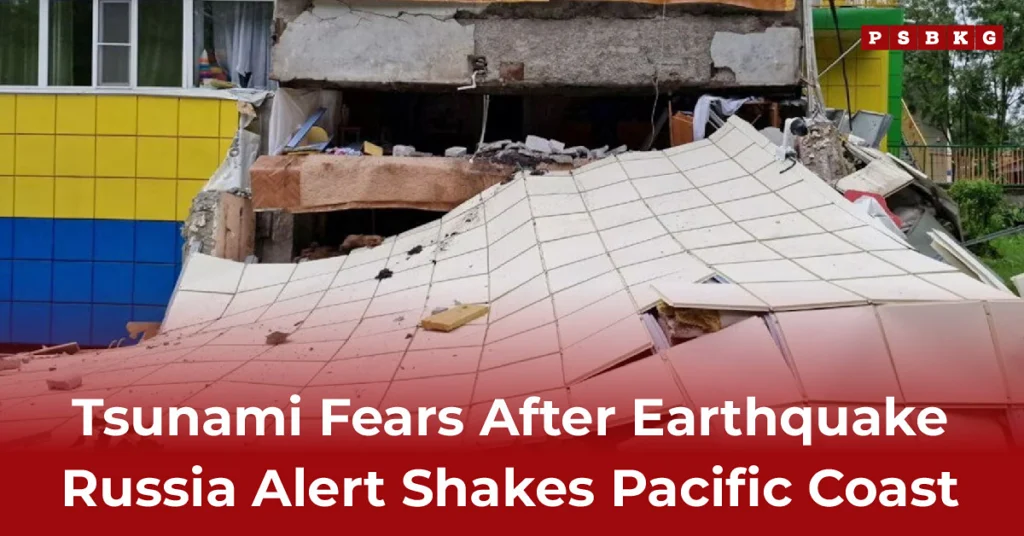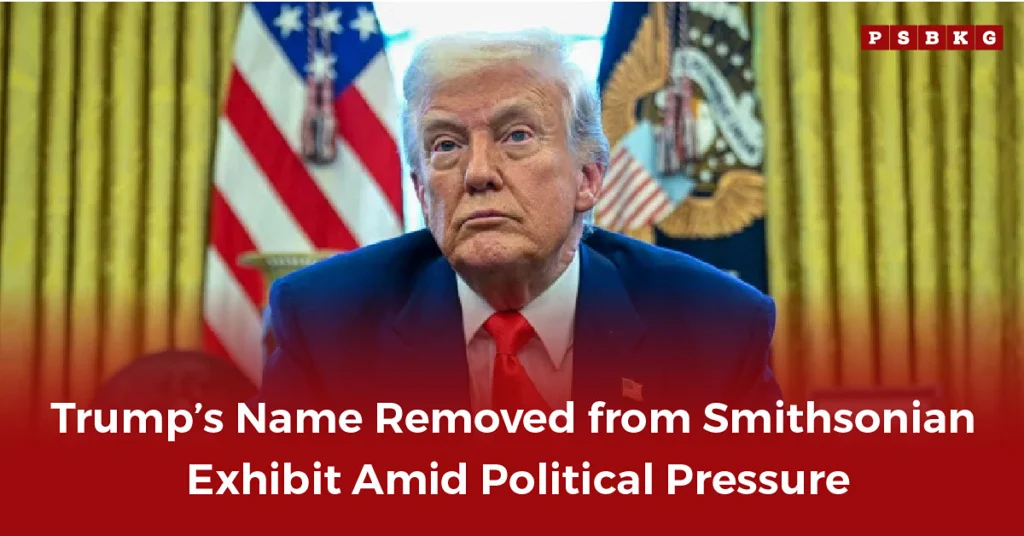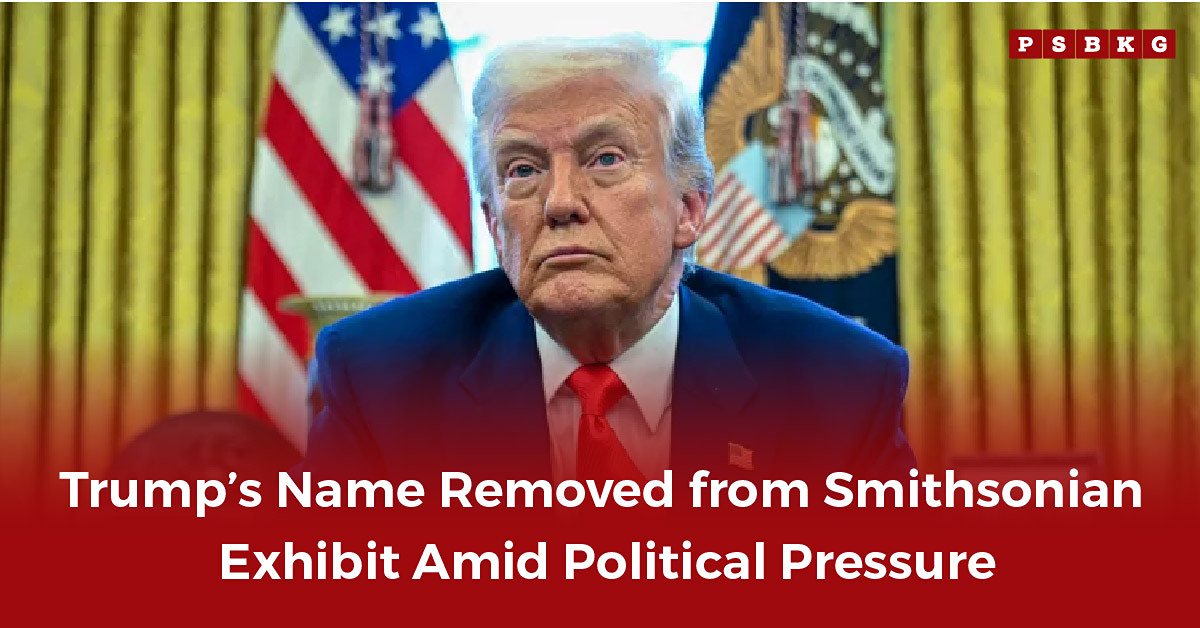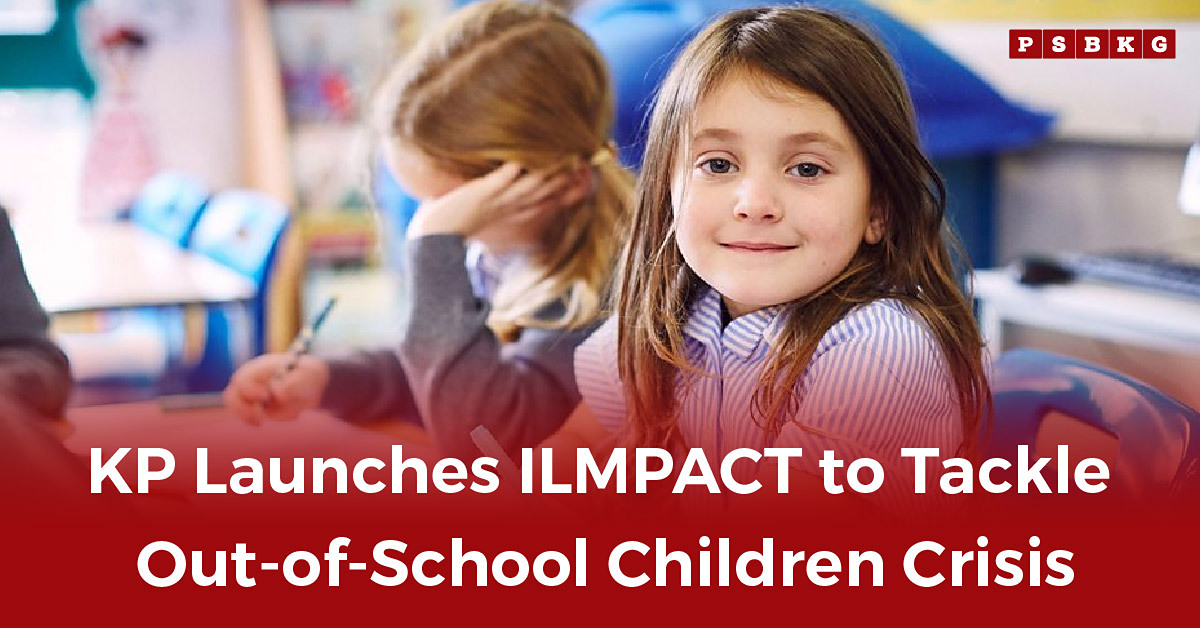Tremors Beneath the Sea, A Sudden Jolt
Latest News: The ocean doesn’t always whisper. Sometimes it roars from underneath. Early Tuesday, the stillness off Russia’s Pacific coast was shattered when a massive 8.0 magnitude quake triggered an Earthquake Russia Alert near the Kuril Islands, a remote chain wedged between Russia and Japan. People in the area know the sea can turn, they’ve seen it before. This time too, as the earth moved deep below, it didn’t take long for warning systems to light up. Tsunami alerts were issued. The kind that turn quiet towns into watchful ones.
Kuril Islands, Close to the Fault Line
It happened roughly 120 kilometers off the coast from Severo-Kurilsk, a town used to tremors but never quite ready for them. The Earthquake Russia Alert came shortly after, as officials confirmed the quake had started far below the surface, nearly 160 kilometers down.
Were Tsunami Waves Expected?
That’s what everyone wanted to know.
Early updates from the Pacific Tsunami Warning Center mentioned that waves could form, especially near the areas closest to the quake. Japan kept an eye on it too, but didn’t go as far as ordering people to evacuate. Russia’s local emergency agencies, however, moved quickly, putting safety measures in place for nearby coastal towns.
For hours, eyes were on the ocean. Luckily, no major wave struck. But it was a tense wait.
Authorities Act Swiftly
Local Russian officials weren’t taking any chances. They alerted emergency crews. Sirens echoed in some places. In Severo-Kurilsk, warnings were heard across radio and loudspeakers. People were told to stay away from shores, just in case. The Earthquake Russia Alert had already put coastal areas on high alert. So far, reports show no injuries or damage, which is good news. Still, the scare was real, and real enough to remind everyone just how unpredictable these fault lines can be.
What Causes These Quakes?
This region lies in a seismic hotspot. The Kuril Islands are part of the collision zone where tectonic plates press and grind. Every so often, the pressure gives way, and the result is an earthquake. Most pass without notice. But anything above magnitude 7.5 is considered powerful. This one was 8.0, large by any measure. What helped lessen the threat this time? Probably the depth. While shallow quakes wreak havoc, deeper ones lose some punch by the time they reach the surface.
Aftershocks and What Comes Next
Aftershocks are expected, say geologists. People near the shoreline have been warned to stay cautious. These things don’t always end with the first hit, a second one can show up hours later, or even the next day.
Monitoring systems will keep tracking. Russia, Japan, and the US are all keeping their sensors online, watching for any sign of water displacement or seismic shift.
A Wake-Up Call From Nature
Events like these remind us how much of life depends on things we can’t control. One minute the sea is calm. The next, something shifts beneath it, and everything changes. The recent Earthquake Russia Alert proved just how quickly conditions can turn. Thankfully, this time the waves didn’t come. But in regions like these, it’s always better to prepare for what might, rather than regret what wasn’t expected.

















